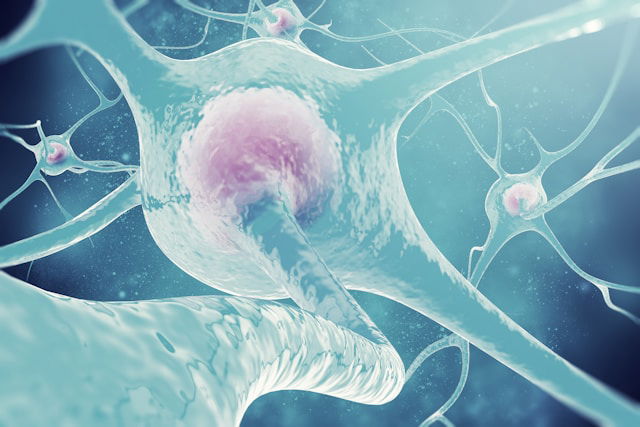
A new study suggests that targeting brain cells, instead of just focusing on obesity or insulin, might help treat type 2 diabetes. The research was published in the Journal of Clinical Investigation.
Scientists found that a specific group of brain cells, called AgRP neurons, are very active in diabetic mice. These cells are located in the hypothalamus, a part of the brain that controls hunger and energy.
To test their role in diabetes, researchers used a genetic trick to ‘turn off’ these neurons in diabetic mice. Surprisingly, this lowered the mice’s blood sugar levels for months—even though their weight and food intake didn’t change.
Dr. Michael Schwartz, the lead author of the study, said this challenges the usual thinking that diabetes is mostly caused by obesity and insulin problems. The findings suggest that brain activity also plays a role in the disease.
The same research team previously found that injecting a molecule called FGF1 into the brain helped reverse diabetes in mice. This treatment also reduced activity in AgRP neurons.
While calming these neurons helped control blood sugar, it didn’t affect the mice’s weight. So, targeting these neurons might treat diabetes without treating obesity.
New drugs like Ozempic, which are used for diabetes, may also lower the activity of AgRP neurons. However, more research is needed to understand how these neurons work and how to safely control them in humans.
Dr. Schwartz hopes this discovery leads to new ways of treating diabetes by calming these brain cells. Future research may bring this approach into human clinical trials.
If you care about diabetes, please read studies about the cooking connection between potatoes and diabetes, and low calorie diets may help reverse type 2 diabetes.
For more health information, please see recent studies about protein power: a new ally in diabetes management, and pineapple and diabetes: A sweet surprise.
The study is published in Journal of Clinical Investigation.
Copyright © 2025 Knowridge Science Report. All rights reserved.



